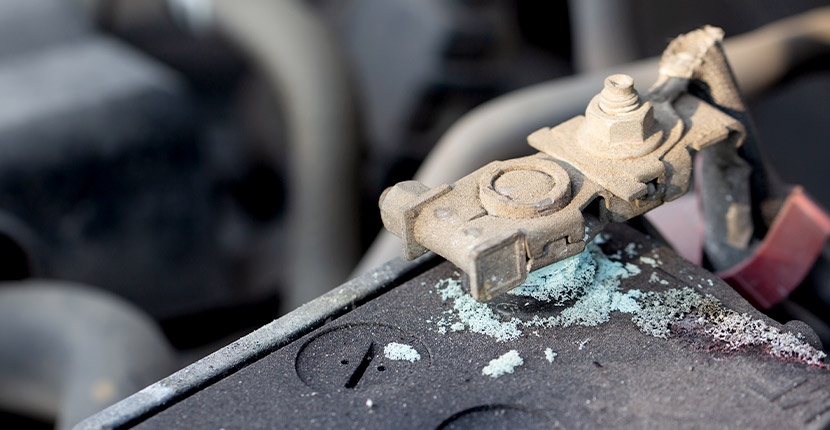Lead-acid batteries are widely used in various applications due to their reliability and cost-effectiveness. However, one common issue that arises with these batteries is the formation of copper sulfate, often referred to as “verdigris” or “copper green,” on the terminals and connectors. This article aims to explain the causes and implications of this phenomenon.
Causes of Copper Sulfate Formation:
Copper sulfate forms on lead-acid battery terminals primarily due to a chemical reaction between the copper in the battery connectors and the sulfuric acid electrolyte. When the battery is in use, the electrolyte can splash or evaporate, leading to the deposition of sulfuric acid on the copper terminals. Over time, this acid reacts with the copper to form copper sulfate, which appears as a blue-green crust.
Implications:
The formation of copper sulfate can lead to several problems. Firstly, it increases the resistance at the battery terminals, which can reduce the efficiency of the battery and lead to voltage drops. Secondly, it can cause poor electrical contact, leading to intermittent connections and potential failure of the battery system. Lastly, if left unchecked, the corrosion can spread, damaging the battery terminals and connectors, and potentially leading to costly repairs or replacements.
Prevention and Maintenance:
To prevent the formation of copper sulfate, it is essential to regularly inspect and clean the battery terminals. Applying a thin layer of petroleum jelly or a commercial terminal protector can help to seal the terminals and prevent the sulfuric acid from coming into contact with the copper. Additionally, ensuring that the battery is properly sealed and that the electrolyte levels are maintained can reduce the likelihood of acid splashing or evaporation.
Copper sulfate formation on lead-acid battery terminals is a common issue that can lead to reduced battery performance and potential system failures. By understanding the causes and implementing regular maintenance practices, users can mitigate the effects of this problem and extend the lifespan of their batteries.


